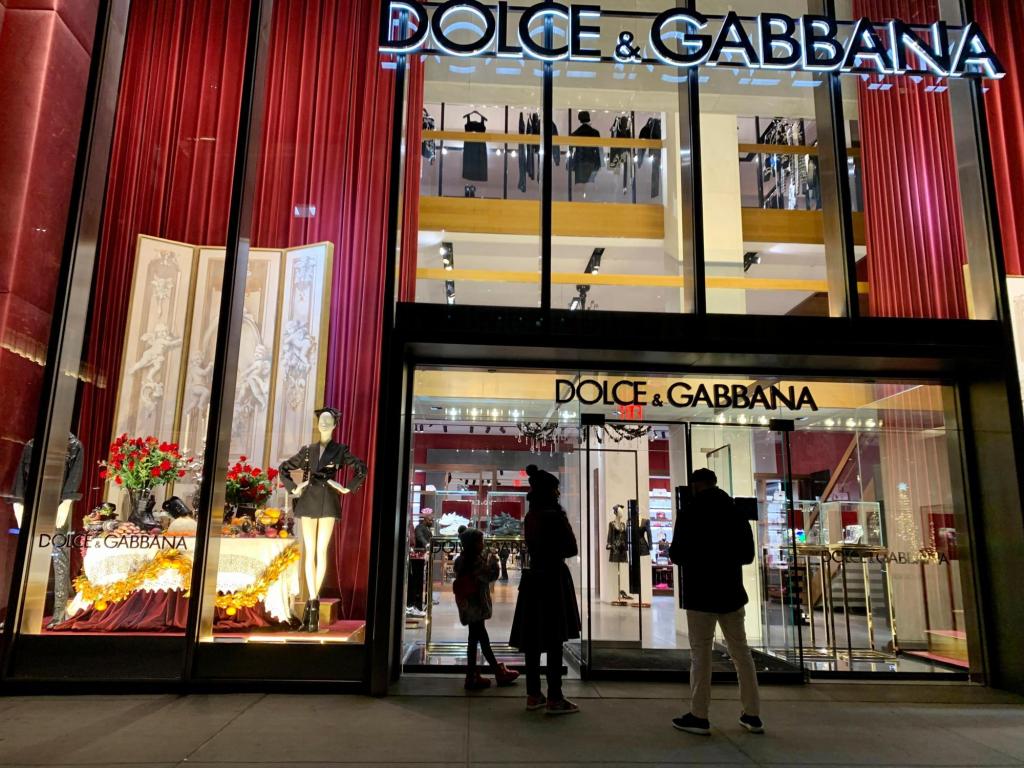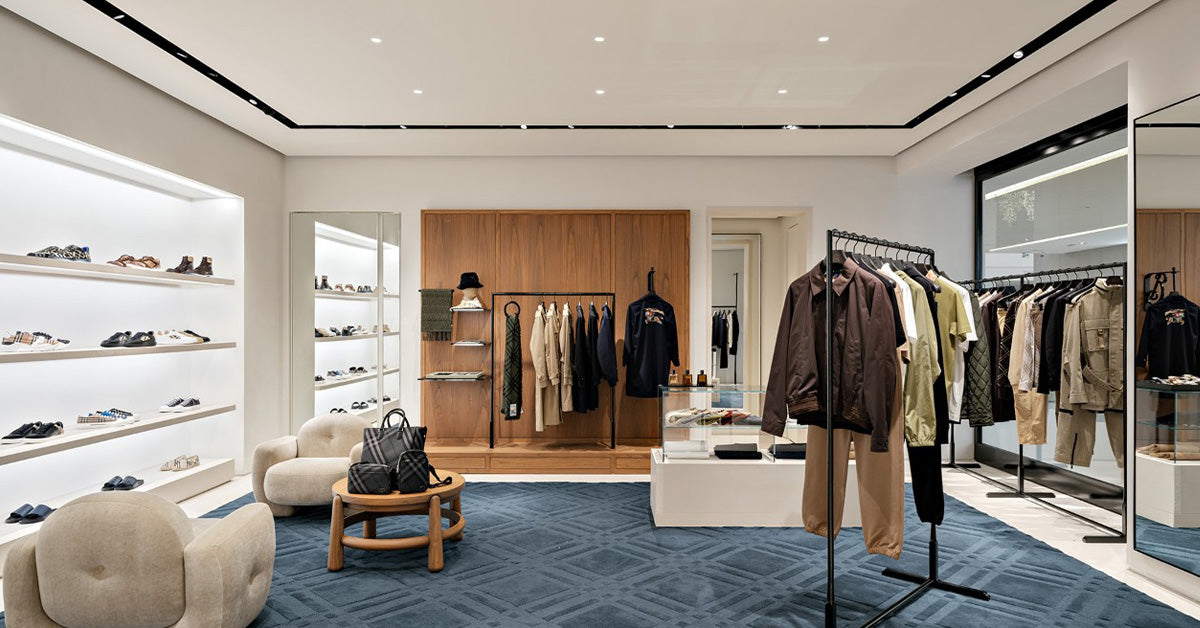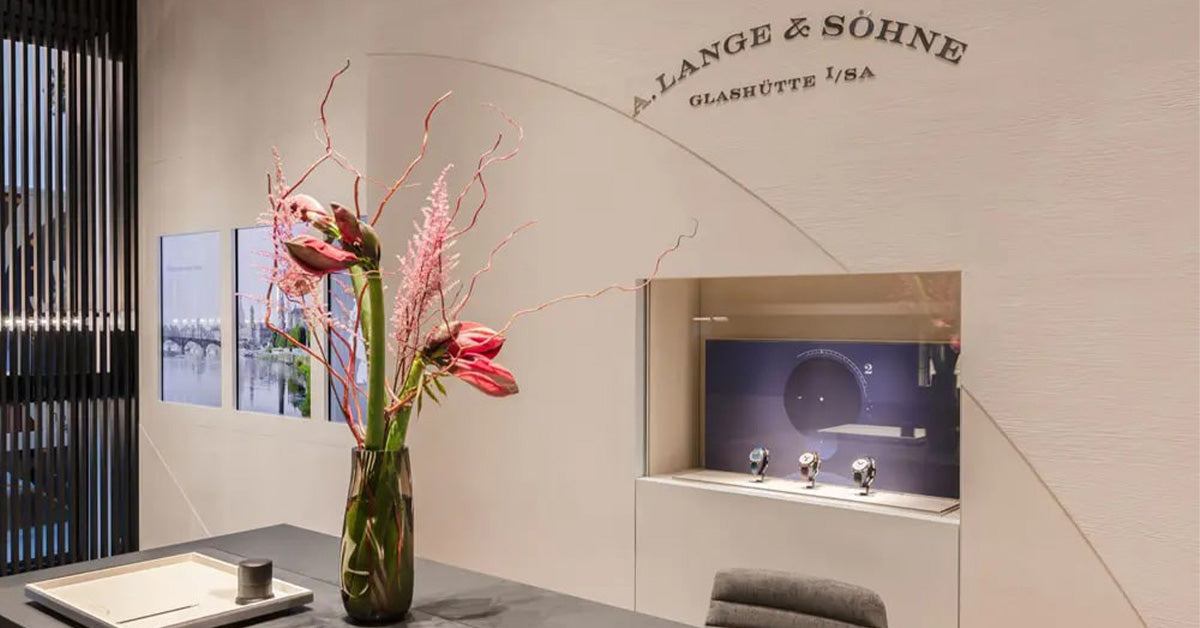Milan, the heart of Italy’s renowned fashion industry, is buzzing with both creativity and concern. As the world’s top designers showcase their latest collections during Milan Fashion Week, the sector faces an unprecedented challenge: the looming threat of tariffs from the United States. This comes at a time when the luxury fashion market is already experiencing a slowdown, leaving many in the industry on edge. In this blog post, we’ll delve into the potential impact of these tariffs, the broader economic implications, and what the future holds for one of Italy’s most iconic industries.
The Economic Backbone of Italian Fashion
Italy’s fashion industry is a powerhouse, ranking as the country’s second-largest sector after automotive. It contributes a staggering 2.5% to Italy’s GDP and employs over 600,000 people directly and indirectly. The sector is not just about high-end couture; it encompasses textiles, manufacturing, and accessories, making it a diverse and resilient industry that has been a cornerstone of the Italian economy for decades.
The industry’s success is rooted in its commitment to quality, craftsmanship, and innovation. Italian fashion is synonymous with luxury, with brands like Gucci, Prada, and Versace leading the global market. These brands have built their reputation on meticulous attention to detail and the use of premium materials, often sourced locally. However, this reliance on high-quality materials and traditional manufacturing processes comes at a cost, making the industry particularly vulnerable to external economic pressures.
The Tariff Threat: A Double-Edged Sword
The recent tariff threats from the United States have sent shockwaves through the Italian fashion industry. The U.S. is one of Italy’s largest export markets, with Italian fashion exports to the U.S. valued at over $3 billion annually. Should tariffs be imposed, the cost of exporting Italian goods to the U.S. could rise significantly, making Italian products less competitive in the American market.
The potential tariffs are part of a broader trade dispute between the U.S. and the European Union. The U.S. has been considering tariffs on a range of European goods, including luxury items, in response to what it perceives as unfair trade practices. While the specifics of the tariffs are still being negotiated, the mere possibility has already caused uncertainty among Italian exporters.
“The fashion industry is already operating on thin margins,” said Claudio Marenzi, President of the Italian Fashion Chamber. “Any additional tariffs would not only hurt our exports but could also lead to job losses and a decline in production. We are urging the Italian government to negotiate a resolution that protects our industry.”
The Luxury Slowdown: A Perfect Storm
While the tariff threat looms large, the Italian fashion industry is also grappling with a slowdown in the global luxury market. After years of steady growth, the luxury sector is experiencing a decline in sales, particularly in key markets like China and the Middle East. This slowdown is attributed to a combination of factors, including:
- Economic uncertainty: Global economic instability, including rising inflation and geopolitical tensions, has led to a decrease in consumer spending on luxury goods.
- Shift in consumer behavior: Younger consumers are increasingly prioritizing sustainability and value for money, which has led to a shift away from traditional luxury brands.
- Supply chain disruptions: The lingering effects of the COVID-19 pandemic have caused delays and increased costs in production and distribution.
These challenges are compounded by the fact that the luxury fashion market is highly competitive. Italian brands are not only competing with other European designers but also with emerging fashion hubs in Asia and the Americas. To remain competitive, Italian fashion houses must adapt to changing consumer demands while maintaining their commitment to quality and craftsmanship.
Navigating the Crisis: Strategies for Survival
Faced with these challenges, the Italian fashion industry is exploring various strategies to mitigate the impact of tariffs and the luxury slowdown. These include:
- Diversification of markets: Italian fashion brands are looking to expand their presence in emerging markets, particularly in Asia and Africa, where there is growing demand for luxury goods.
- Investment in sustainability: Consumers are increasingly demanding sustainable and ethical fashion. Italian brands are investing in eco-friendly materials and production processes to meet this demand and differentiate themselves from competitors.
- Enhancing digital presence: The rise of e-commerce has transformed the fashion industry. Italian brands are investing in digital platforms to reach a wider audience and improve customer engagement.
- Government support: The Italian government is being urged to provide financial support and negotiate trade agreements that protect the fashion industry from the impact of tariffs.
While these strategies offer hope, their success will depend on a combination of factors, including the effectiveness of government interventions, the ability of brands to adapt to changing consumer demands, and the overall state of the global economy.
The Road Ahead: A Call to Action
The Italian fashion industry is at a crossroads. The threat of tariffs and the luxury slowdown present significant challenges, but they also offer an opportunity for the industry to evolve and become more resilient. To navigate this uncertain landscape, the industry must take a proactive approach, leveraging its strengths while addressing its vulnerabilities.
For policymakers, this means working closely with industry leaders to negotiate trade agreements that protect Italian exports and provide financial support to businesses affected by tariffs. For fashion brands, it means embracing innovation, prioritizing sustainability, and engaging with consumers in new and creative ways.
As the fashion world looks to Milan for inspiration, the Italian fashion industry must also look inward, drawing on its rich history and tradition of excellence to chart a course for the future. With the right strategies and support, the industry can overcome the current challenges and continue to thrive as a global leader in luxury fashion.
Conclusion
The Italian fashion industry is more than just a economic powerhouse; it is a cultural icon, a symbol of Italian creativity and craftsmanship. As it faces the twin challenges of tariffs and a luxury slowdown, the industry must draw on its resilience and ingenuity to navigate the uncertain road ahead. By diversifying markets, investing in sustainability, and leveraging digital platforms, Italian fashion brands can position themselves for success in a rapidly changing world.
But the industry cannot go it alone. Government support, international cooperation, and a commitment to protecting the interests of Italian exporters will be crucial in mitigating the impact of tariffs and ensuring the long-term viability of the sector. As the world continues to look to Italy for fashion inspiration, the industry must also look to itself, embracing change and innovation to secure its place as a leader in the global fashion market.
Only time will tell how the Italian fashion industry will fare in the face of these challenges. But one thing is certain: the world will be watching, and the stakes have never been higher.











